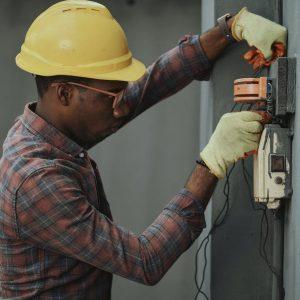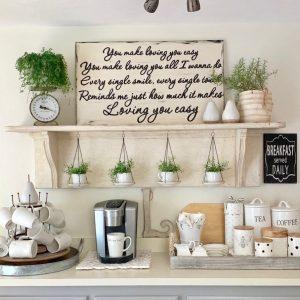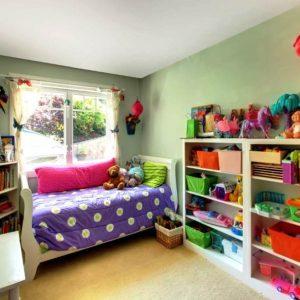One common mistake many homeowners make is that they design their home security system as an afterthought. As a result, they end up buying different systems that lack cohesion or synergy and expect these individual systems to configure themselves and protect their property in their absence automatically. However, setting up a system that works effectively and efficiently is no walk-in-the-park in their defense. For this reason, I have listed some considerations below that are crucial in designing any home security system.
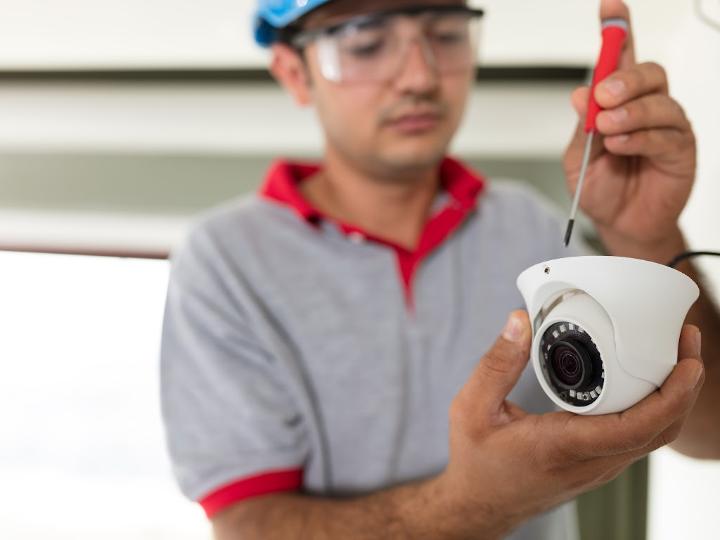
Tips to designing the perfect home security system
- Self or Professionally Monitored
- You are part of the security system
- Consider third party integration
- Customizability is key
- Budget
Continue reading to find out how these tips are a crucial part of any home security system design.
5 Essentials To Design A Home Security System
Self or Professionally Monitored
Arguably the most important part of the design of your home security system is who gets the alerts and who responds to them. And to this, you have two options:
- Self-monitored security systems: As it reads, you decide how you want to receive alerts with this option, and you decide what steps to be taken. While these indoor or outdoor self-monitored options might be time demanding, it puts the security of your home in your hands.
- Professionally monitored security systems: On the other hand, professionally monitored systems require you to hire professional units to look after your property. The alerts are sent to the company, and they inform the necessary authorities. This is ideal if you do not have time on your hands or would be away from your property. Consider this one of the many free home security tips when on vacation.
You are part of the security system
Most people believe the home security system starts and stops at their choice of service, surveillance cameras, or entry/exit sensors. But this is not true as the effectiveness of your home security system is tied to how it is used or applied. Unless you have a fully automated system, some necessary human inputs can ensure the system thrives, and the lack of which can make your home vulnerable. A typical example is being complacent and forgetting to turn on the security units. Another example would be being too careless with your security/access codes. So don’t just spend money setting up the system, be ready to play your part actively.
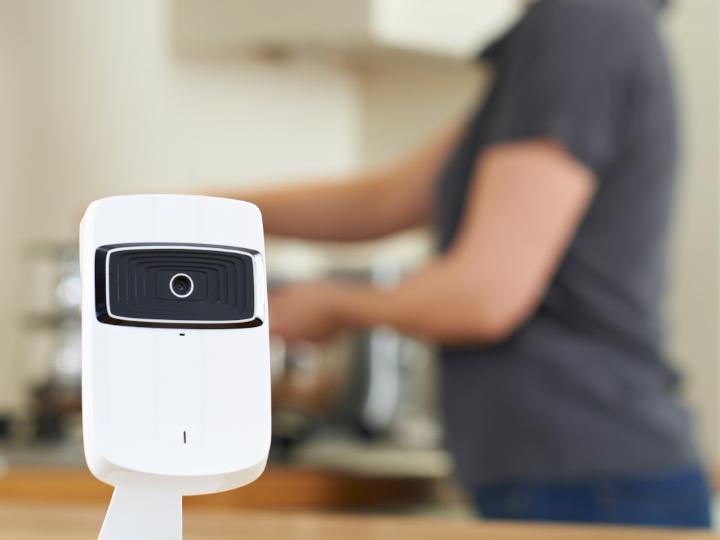
Consider third party integration
This is one of the more crucial tips for designing your home security system if you consider a self-monitored option. Your security system choice must allow you to integrate third-party applications that would give you more security options. A great example would be connecting with smart assistants like Alexa, Google Home, which can remind you to activate your security systems or just do these simple tasks.
Customizability is key
You can not have too many cameras or sensors guarding your property. For this reason, you need a home security design that allows you to customize and optimize the system to satisfy your every need. The system must easily add new cameras, new sensors, new alarms and make crucial upgrades.
Budget
While it is difficult to put a price on security, we must certainly try. You must create a budget when designing your home security system. The goal is to find that sweet spot that affords you all the essentials without breaking the bank or hurting your wallet.
In Conclusion
These tech gadgets are gizmos that only play a contributory role. The bulk of the work when it comes to ensuring your security lies in your hands. You should endeavor to be tight-lipped with your plans and only share information on a need-only basis. It would be best if you kept a close eye on people that have access to your premises. These and the above listed would ensure your safety at home.

